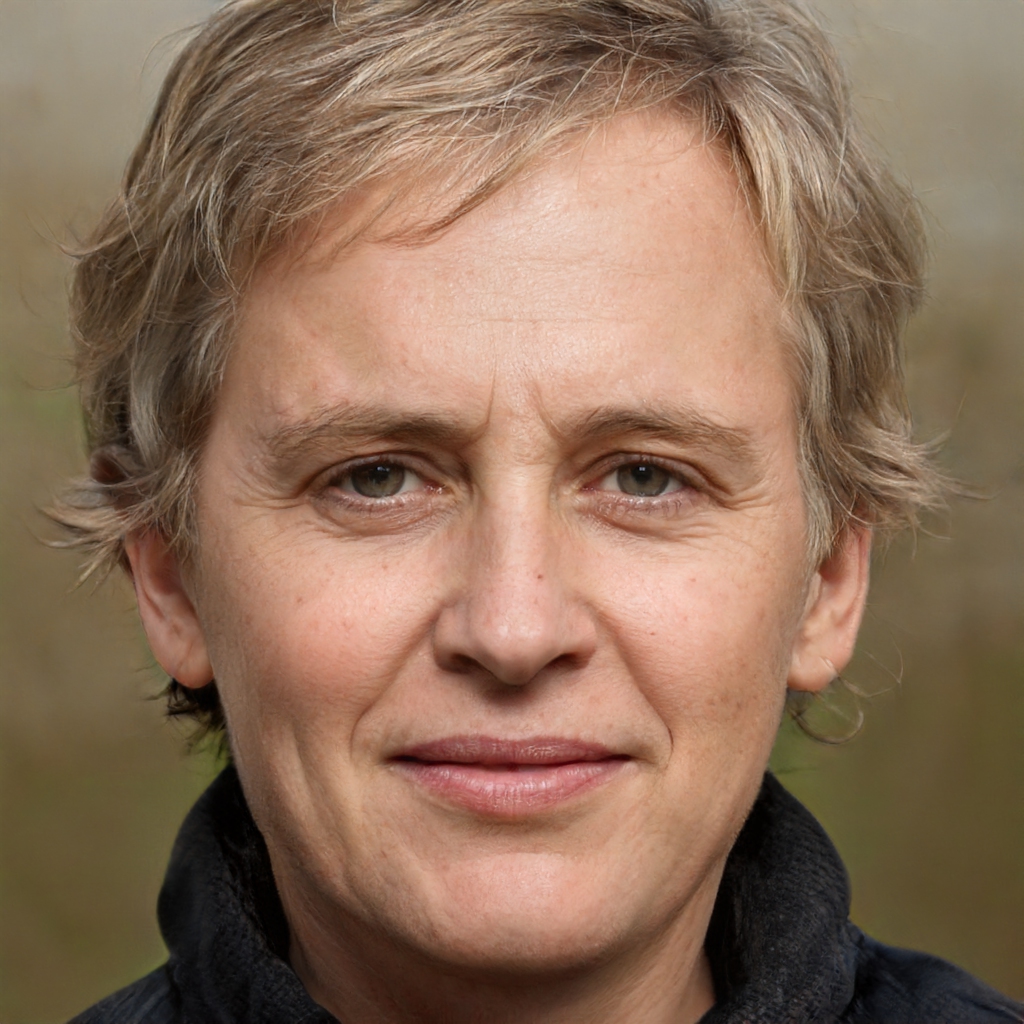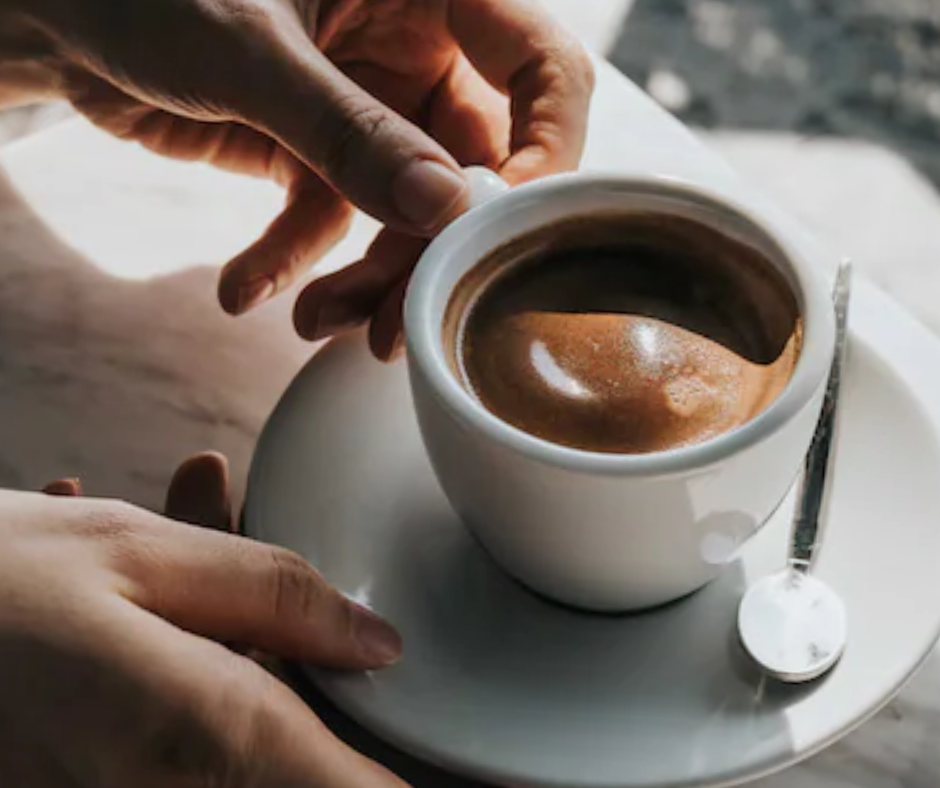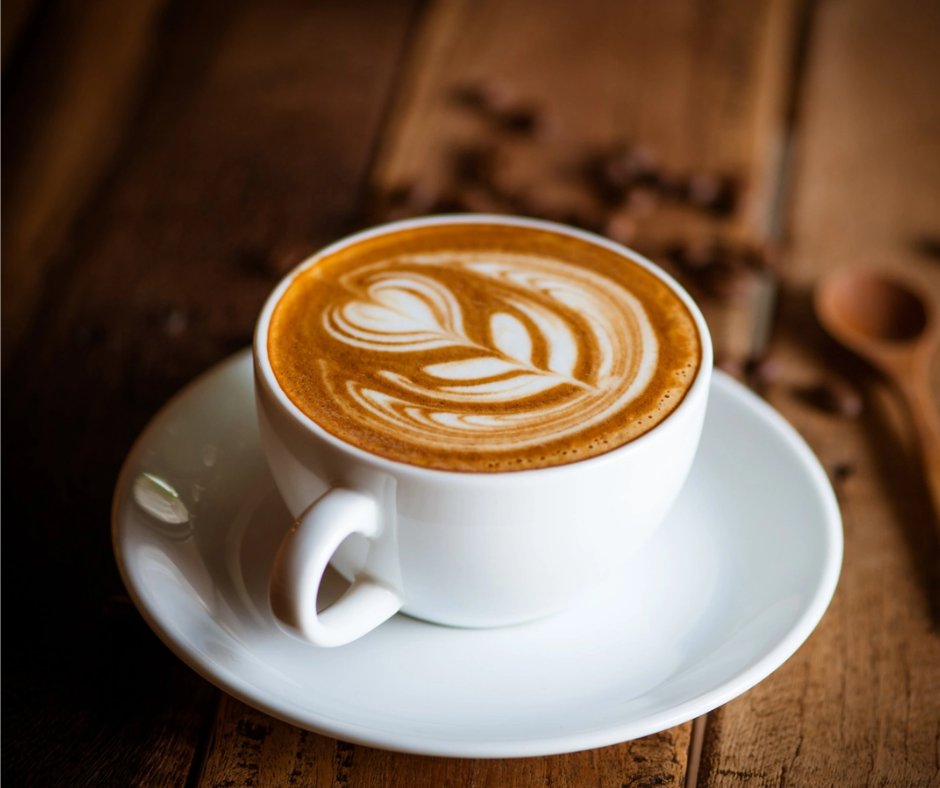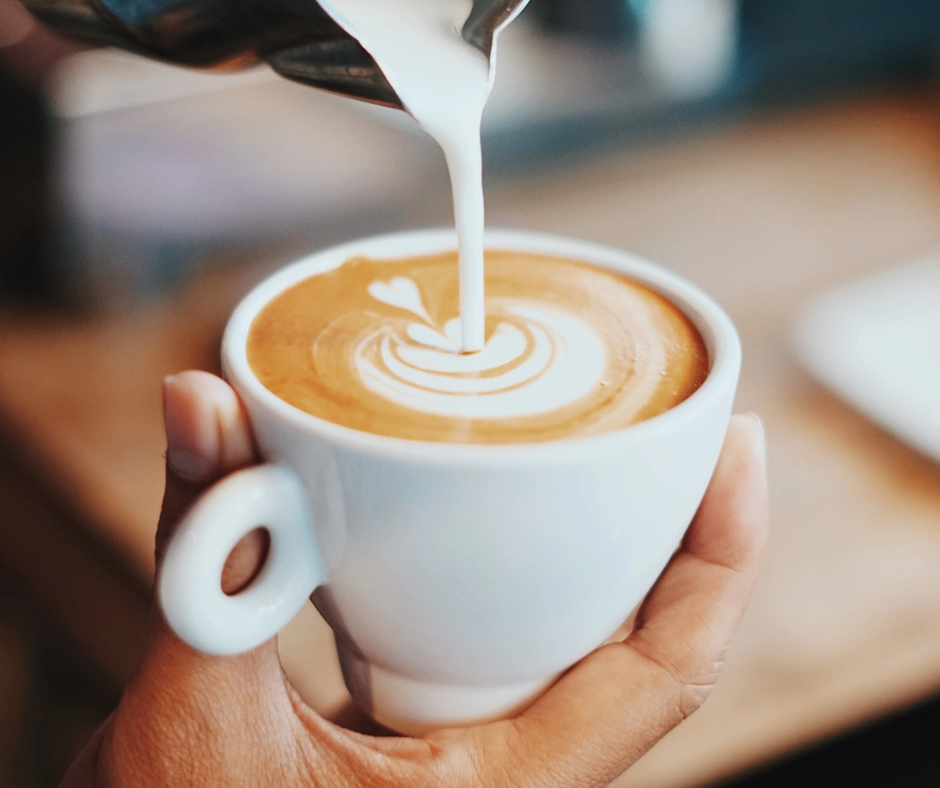Introduction: Understanding Caffeine Content In Coffee
Factors Affecting Caffeine Content In Coffee
You may have wondered about One Cup Of Coffee Caffeine Content if you’re a coffee lover. The amount of caffeine in coffee can vary based on several factors:
Coffee Bean Variety: Different types of coffee beans have different caffeine levels. Arabica beans, commonly used for specialty coffees, have less caffeine than Robusta beans, which are often used in espresso.
Brewing Method: The brewing method you use can affect the caffeine content. Generally, the longer the brewing time, the more caffeine is extracted from the coffee grounds. Methods like French press or espresso have higher caffeine levels than drip coffee.
Grind Size: The size of the coffee grounds can also influence caffeine content. Finer grounds have a larger surface area, allowing for more extraction and higher caffeine levels.
Water Temperature: The water temperature used for brewing can impact caffeine extraction. Higher temperatures typically result in more caffeine being extracted from the coffee.
The Role Of Coffee Bean Roast Style And Preparation Methods
The roast style of coffee beans can affect taste and the caffeine content. Contrary to popular belief, darker roasted beans do not necessarily have more caffeine than lighter roasts. The roasting process tends to decrease caffeine levels. However, darker roasts have a stronger flavor, giving the perception of a higher caffeine content.
Preparation methods also affect the caffeine content of your cup of coffee. For example:
Espresso: While an espresso shot contains less volume than a regular cup of coffee, it tends to have a higher concentration of caffeine. This is because espresso is made by forcing hot water through finely ground coffee beans, resulting in a more concentrated beverage.
Instant Coffee: Instant coffee generally has lower caffeine levels than brewed coffee. This is because making instant coffee involves dehydration, which can lead to a loss of caffeine.
It’s important to note that caffeine content can vary greatly depending on the specific coffee brand and the brewing variables mentioned above. Some companies also offer decaffeinated coffee, which has undergone a process to remove most of the caffeine.
Understanding the factors that affect caffeine content can help you make informed choices about your coffee consumption. Knowing how much caffeine you consume can make a difference in your daily routine, whether you’re looking for that caffeine boost or prefer a milder option.
Coffee Caffeine Content Comparison
Average Caffeine Content In An 8-oz Cup Of Coffee
Coffee is known for its energizing effects, thanks to its caffeine content. For many, starting the day with coffee is an essential ritual. But have you ever wondered how much caffeine is actually in that cup? On average, a standard 8-ounce cup of brewed coffee contains about 95 milligrams of caffeine. However, this can vary depending on factors such as the type of coffee beans used, the brewing method, and the strength of the brew. For example, a dark roast coffee typically has less caffeine than a lighter roast, even though it may have a stronger flavor.
Caffeine Content In Different Coffee Drinks
The caffeine content can vary significantly between different types of coffee drinks. Here’s a comparison of the average caffeine content in popular coffee beverages:
- Espresso: A single shot of espresso (about 1 ounce) contains around 63 milligrams of caffeine. If you’re looking for a quick energy boost, espresso is a great choice.
- Black Coffee: If you prefer a straightforward cup of black coffee, an 8-ounce serving typically contains around 95 milligrams of caffeine. This is the same as the average mentioned earlier.
- Americano: An Americano is made by adding hot water to a shot of espresso, resulting in a milder taste. A typical 8-ounce Americano contains about 77 milligrams of caffeine.
- Cappuccino: A classic cappuccino, which consists of equal parts espresso, steamed milk, and milk foam, usually contains around 63 milligrams of caffeine in an 8-ounce serving.
- Latte: A latte is made with more milk than a cappuccino, resulting in a creamier and milder taste. An 8-ounce latte typically contains approximately 77 milligrams of caffeine.
Remember that these caffeine values are averages and may vary based on factors such as the size of the drink and the specific brew or brand. It’s also worth noting that decaffeinated coffee and certain specialty coffee drinks, such as flavored lattes, may have significantly lower caffeine content.
So, the next time you reach for a cup of coffee, whether a standard brew or a specialty drink, you now have a better idea of how much caffeine you’re getting. Use this information to make informed choices and tailor your coffee intake to suit your preferences and needs.
Decaffeinated Coffee And Its Caffeine Content
Decaffeinated coffee is a popular choice among those who love the taste of coffee but want to avoid the stimulating effects of caffeine. However, have you ever wondered how much caffeine is in decaf coffee? In this article, we will explore the caffeine levels in decaf coffee and the factors that influence them.
Exploring The Caffeine Levels In Decaf Coffee
Contrary to popular belief, decaffeinated coffee is not completely free of caffeine. Decaf coffee still contains a small amount of caffeine, although significantly less than regular coffee. The exact amount of caffeine can vary depending on various factors.
According to the United States Food and Drug Administration (FDA), for coffee to be labeled “decaf,” it must contain less than 2.5% of its original caffeine content. This means a decaf coffee typically contains about 2-5 milligrams of caffeine, while a regular cup of coffee may contain anywhere from 95-200 milligrams. Therefore, decaf coffee is a great alternative for those sensitive to caffeine or wishing to limit their caffeine intake.
Factors Influencing Caffeine Levels In Decaffeinated Coffee
The caffeine content in decaffeinated coffee can be influenced by several factors, including:
- The decaffeination method: Different methods are used to remove caffeine from coffee beans, such as the Swiss Water Process, solvent-based methods, or carbon dioxide extraction. The method used can impact the remaining caffeine content in the beans.
- Bean type and roast level: Different coffee beans and roast levels can affect caffeine levels. For example, lighter roasts generally have more caffeine than darker roasts.
- Brewing method: How coffee is brewed can also influence the caffeine content. Longer brewing time or higher water temperature may extract more caffeine from the beans.
It’s important to note that the caffeine content can vary among different brands and even from batch to batch. Therefore, if you are specifically looking for low-caffeine coffee, it’s advisable to check the packaging or consult with the manufacturer to determine the caffeine content.
In conclusion, decaffeinated coffee is a great option for coffee lovers who want to enjoy the flavor without the jitters. While decaf coffee still contains a small amount of caffeine, it is significantly lower than regular coffee. Understanding the caffeine levels in decaf coffee and the factors influencing them can help you make informed choices about your coffee consumption. So, savor that cup of decaf coffee without worrying about excessive caffeine intake!
One Cup of Coffee Caffeine Content Among Coffee Brands And Types
If you’re a coffee lover, you’ve probably wondered about ‘One Cup of Coffee Caffeine Content’. The caffeine content in coffee can vary significantly depending on the brand and type of coffee. Understanding these variances can help you make informed choices about your preferred coffee selection.
Caffeine Content Of Popular Coffee Brands
Not all coffee brands have the same caffeine levels per cup. For example, popular brands like Starbucks, Dunkin’ Donuts, and Folgers offer various options with differing amounts of caffeine. Here are some general guidelines:
- Starbucks: Their regular brewed coffee typically contains 130-140 milligrams (mg) of caffeine per 8-ounce cup. However, certain espresso-based drinks, such as lattes or cappuccinos, can have varying caffeine levels depending on size and added ingredients.
- Dunkin’ Donuts: A regular cup of Dunkin’ Donuts coffee has approximately 215 mg of caffeine per 14-ounce cup. They also offer decaf options with significantly lower caffeine content.
- Folgers: Folgers Classic Roast coffee contains about 60-80 mg of caffeine per 8-ounce cup. However, their products, including instant coffee and single-serve pods, may have different caffeine levels.
It’s important to note that these are general estimates, and the actual caffeine content can vary based on factors like brewing method, serving size, and even the specific batch of coffee.
Caffeine Levels In Different Types Of Coffee
The type of coffee you choose can contribute to the overall caffeine content. Here are a few examples:
- Light Roast: Contrary to popular belief, light roast coffee usually has slightly more caffeine than dark roast coffee. The shorter roasting time preserves more of the caffeine content.
- Instant Coffee: Instant coffee typically has less caffeine than regular brewed coffee. This is because the caffeine content can be reduced during the manufacturing process.
- Decaffeinated Coffee: Decaf coffee is not completely caffeine-free. It usually contains about 2-5 mg of caffeine per 8-ounce cup. The decaffeination process removes most, but not all, of the caffeine.
If you’re particularly sensitive to caffeine or trying to limit your intake, opting for decaf or choosing coffee with lower caffeine content is best.
Understanding the caffeine content in coffee allows you to make informed decisions about your daily caffeine consumption. Remember that personal factors, such as tolerance and sensitivity to caffeine, can also affect how it affects your body. So, whether you prefer a strong cup of coffee or a caffeine-free option, there’s a brew out there to suit your taste and needs.
Understanding Your Caffeine Intake
Coffee is a beloved beverage for many people worldwide, providing a much-needed energy boost to start the day or power through a workday. But have you ever wondered just how much caffeine is in that one cup of coffee you’re brewing? Understanding your caffeine intake is essential, as it can impact your health, sleep patterns, and overall well-being.
How To Measure And Control Caffeine Intake?
To measure and control your caffeine intake, it’s crucial to understand that the caffeine content can vary depending on the type of coffee you’re consuming and the brewing method used. On average, an 8-ounce cup of brewed coffee contains around 95 milligrams of caffeine. However, this amount can fluctuate significantly.
Here are some general guidelines to help you estimate ‘One Cup of Coffee Caffeine Content’:
- Remember that different brewing methods, such as French press, espresso, or drip coffee, can affect the caffeine concentration. For example, a shot of espresso usually contains around 63 milligrams of caffeine, while a standard drip coffee can range from 95 to 200 milligrams.
- Pay attention to the type of coffee beans you’re using. Robusta beans tend to have a higher caffeine content compared to Arabica beans.
- Be mindful of the serving size. A standard cup of coffee is considered to be 8 ounces, but larger cups or mugs can contain more caffeine.
To control your caffeine intake, consider these tips:
- Choose decaffeinated or low-caffeine alternatives for a more moderate intake. Decaffeinated coffee typically contains around 2 to 5 milligrams per 8-ounce cup.
- Opt for coffee substitutes such as herbal teas or grain-based drinks that offer a caffeine-free option with a similar taste experience.
Tips For Managing Caffeine Consumption
If you’re finding that your caffeine consumption is impacting your sleep or your overall well-being, here are some tips to help you manage your caffeine intake:
- Limit the number of cups you consume per day. Set a maximum limit based on the recommended daily caffeine intake, generally no more than 400 milligrams for most healthy adults.
- Avoid consuming caffeine close to bedtime, as it can disrupt your sleep patterns and make it harder to fall asleep.
- Be aware of hidden sources of caffeine, such as chocolate, energy drinks, and certain medications. Keep track of these sources to get a more accurate picture of your caffeine intake.
Understanding and managing your caffeine intake allows you to enjoy your coffee responsibly and make informed choices towards a healthier lifestyle.
So, the next time you’re brewing that morning cup of coffee, consider the caffeine content and make choices that align with your needs and preferences.
FAQ: One Cup of Coffee Caffeine Content: How Much Are You Brewing?
Q: How much caffeine is typically in one cup of coffee?
A: The caffeine content in one cup of coffee can vary depending on factors such as the type of coffee and the brewing method. On average, a cup of coffee can contain anywhere from 50 to 200 milligrams (mg) of caffeine.
Q: Is there a difference in caffeine content between espresso and brewed coffee?
A: Yes, there is a difference in caffeine content between espresso and brewed coffee. A single shot (about 1.5 ounces) of espresso typically contains 50 to 75 mg of caffeine. On the other hand, a standard 8-ounce cup of brewed coffee can range from 100 to 200 mg of caffeine.
Q: Does the type of coffee bean affect the caffeine content?
A: Yes, the type of coffee bean can affect the caffeine content. Generally, Arabica beans, which are commonly found in premium coffees, contain about half as much caffeine as Robusta beans. So, if you prefer a coffee made with Arabica beans, it might have lower caffeine content compared to ones made with Robusta beans.
Q: Does the roast level of the coffee affect the caffeine content?
A: Yes, the roast level of the coffee can also affect its caffeine content. Generally, lighter roasts tend to have slightly more caffeine compared to darker roasts. However, this difference is minimal and may not have a significant impact on the overall caffeine intake.
Q: Are there any guidelines for caffeine consumption for healthy adults?
A: Yes, health experts recommend that healthy adults limit their caffeine consumption to about 400 mg per day. However, it’s essential to note that individual sensitivity to caffeine can vary, and some people may need to consume less caffeine to avoid any adverse effects.
Q: Are there any health risks associated with consuming too much caffeine?
A: Consuming excessive amounts of caffeine can lead to various health risks, such as increased heart rate, anxiety, insomnia, and digestive issues. It’s important to be mindful of your caffeine intake and consider moderation to avoid any potential negative effects.
Q: Can decaffeinated coffee be a good alternative for those looking to reduce their caffeine intake?
A: Yes, decaffeinated coffee can be a suitable alternative for individuals looking to reduce their caffeine intake. Decaf coffee typically contains a significantly lower amount of caffeine, usually around 2 to 5 mg per 8-ounce cup. However, it’s essential to note that decaf coffee is not entirely caffeine-free.
Conclusion
In the world of coffee lovers, knowing One Cup Of Coffee Caffeine Content can make a big difference in your daily routine. Whether looking for that burst of energy in the morning or trying to limit your caffeine intake, it’s important to be aware of how much caffeine you’re brewing. By understanding the average caffeine content in a cup of coffee and making informed choices, you can tailor your coffee experience to meet your needs and preferences.
Summary Of Coffee Caffeine Content
When it comes to the caffeine content in a cup of coffee, there are a few key factors to consider. On average, an 8-ounce cup of coffee contains about 95 milligrams of caffeine. This can vary depending on the type of coffee bean used, the roast level, and the brewing method. For example, darker roasts have slightly less caffeine than lighter roasts, and espresso typically contains more caffeine per ounce than regular brewed coffee. Decaffeinated coffee is another option for those looking to reduce their caffeine intake, with only about 2-4 milligrams of caffeine per cup.
Making Informed Choices For Your Coffee Experience
Knowing One Cup Of Coffee’s Caffeine Content can help you make informed choices to suit your preferences and needs. Consider decaf or a lighter roast if you’re sensitive to caffeine or want to reduce your intake. Brew methods also impact caffeine content, with espresso typically having a higher concentration than filtered coffee. Additionally, be mindful of portion sizes – a larger cup of coffee naturally contains more caffeine. If you’re unsure about the specific caffeine content of your favorite brew, checking with the coffee shop or reading the label on store-bought coffee can provide the necessary information.
By understanding the caffeine content in your coffee and making choices accordingly, you can enjoy your coffee experience to the fullest while staying mindful of your caffeine intake.
Overall, being aware of how much caffeine you’re brewing in each cup of coffee empowers you to make choices that align with your preferences and lifestyle. So, whether you’re aiming for that bold morning kickstart or a mellow afternoon pick-me-up, understanding caffeine content is key to crafting your perfect cup of coffee.

Deb Carlson at Crosslake Coffee: Join Deb at Crosslake Coffee for a delightful blend of community, caffeine, and creativity. Discover the cozy ambiance and warm hospitality that make this local coffee shop a beloved gathering spot. From expertly crafted espresso drinks to mouthwatering pastries, Deb invites you to savor every sip and bite. Stay connected with the latest updates on specials, events, and live music performances by following Deb Carlson at Crosslake Coffee on social media. Embrace the vibrant online community and share your love for great coffee and good company with fellow enthusiasts. Don’t miss out on a moment of the Crosslake Coffee experience – connect with Deb on social media today.



